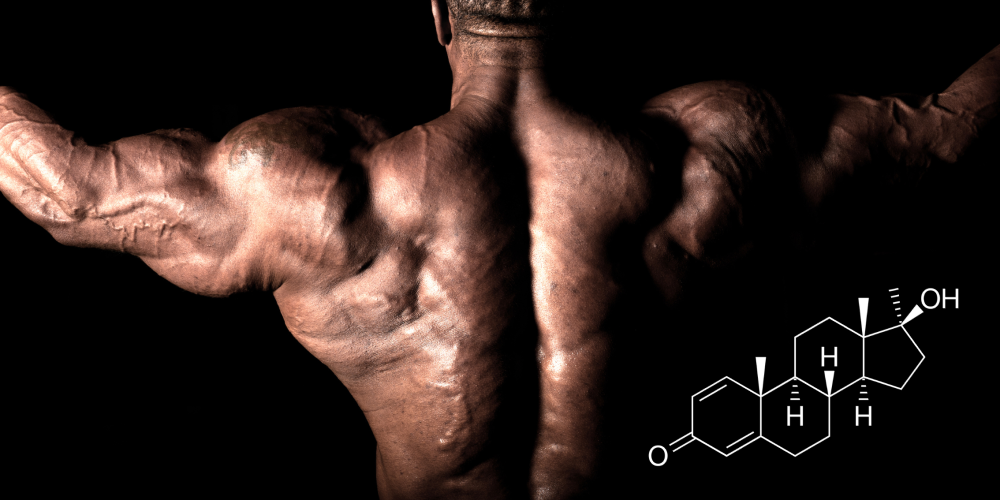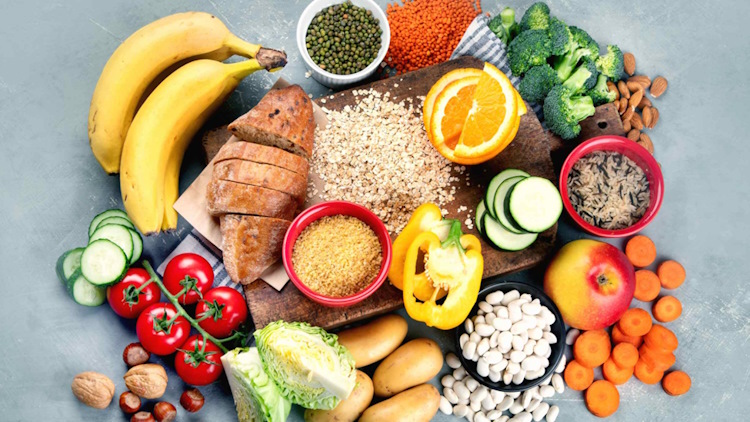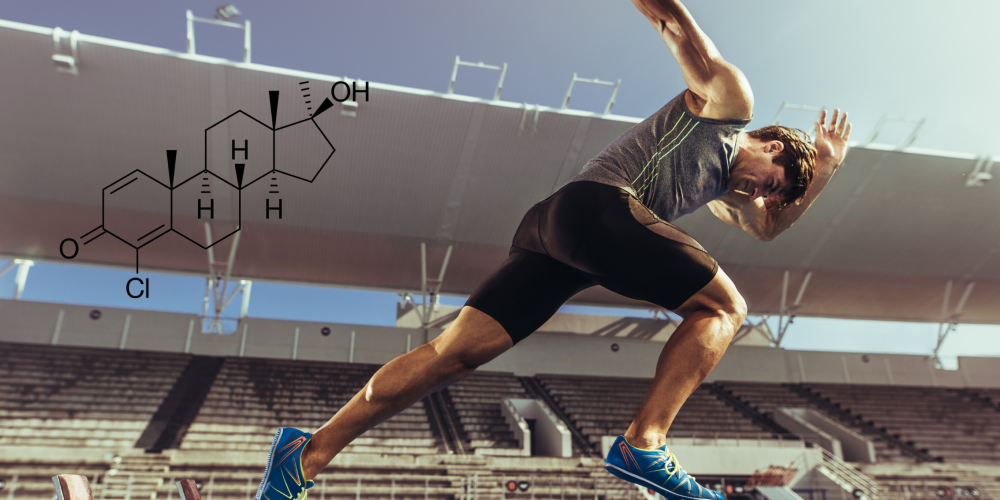Carnitine: The perfect supplement
TLDR
We will use injectable L-carnitine, it can be administered both intramuscularly (IM) and subcutaneously (Subq), the minimum dose will be 400mg daily and the maximum… has not been established but I use 800mg + consume 60 to 90 grams os simple carbs or inject 8 to 10 IUs of fast acting insulin.
Full Article
What is Carnitine?
Carnitine is an amine that is synthesized in the liver, kidneys and brain from two essential amino acids, lysine and methionine.
What is its function?
Carnitine comes into play once the fatty acids are mobilized and ready to be metabolized for energy generation. This occurs in the mitochondria and is called beta oxidation due to the biochemistry of metabolism, since oxygen is needed. fatty acid metabolism will take place within the mitochondria and cannot occur without the presence of carnitine.
Carnitine acts as a transporter for the new free fatty acids that are generated. This helps transport fatty acids through the mitochondrial membranes so they can be oxidized. This transport is called activation of fatty acids. This transport and your actual metabolism are critical because any fatty acid that is released that is not transported or metabolized will simply re-enter the triglyceride stores.
Relationship between Carnitine levels and beta oxidation
- Putmanet et al (1993) support the hypothesis that high levels of free carnitine increase beta oxidation. The researchers succeeded in raising carnitine levels by depleting glycogen prior to performing an exercise session at 75% VO2max.
- Roepstorff et al (2005) found a 2.5-fold decrease in beta oxidation during exercise at 65% VO2 max when free carnitine levels were reduced by 50% due to glycogen elevation before exercise. .
- Free carnitine can be reduced by up to 75% during a HIIT session, this regulates the amount of beta oxidation that occurs in the cell Stephen et al (2001). Stephens also showed that there was a 35% decrease in beta oxidation of long chain fatty acids when VO2 max was above 75% and that free carnitine stores were reduced by up to 65%, Stephens also showed that the administration of an infusion of carnitine during the night reestablished the basal levels of acetyl-CoA compared to the control group. Their conclusion was that beta oxidation was increased by carnitine administration and also showed a 40% decrease in pyruvate dehydrogenase activity.
* Beta oxidation increases acetyl-CoA levels, raising citrate and glucose-6-phosphate, which then regulates carbohydrate flow through inhibition of key enzymes in carbohydrate metabolism.
Bioavailability of Carnitine.
We know that carnitine has poor absorption in its oral intake, which is why it is administered as an IV infusion; Watcher (2002), Barnet (1994), Vulkovich (1994), Brass (1994),its bioavailability is less than 15% in its oral form and the limit of oral absorption in humans is 3 grams.
Carnitine and insulin.
Carnitine needs to be actively transported into the cell and without this happening, we will never be able to increase cellular levels of carnitine. The organic cation transporter N2 (OCTN2) is responsible for the movement of carnitine into cells.
There is a way to increase the activity of this enzyme: insulin.
Insulin positively regulates the Na / K pump in the cell and luckily for us OCTN2 is a cotransporter of carnitine and Na; We can take advantage of a higher concentration of Na to push more carnitine into the cell. Insulin also increases the amount of OCTN2 available for use.
Stephens et al conducted several experiments to see how to apply this physiological mechanism in the most effective way possible.
Experiments showed that a combined carnitine infusion along with insulin could increase cellular carnitine concentrations with a 15% increase in muscle carnitine, a 30% decrease in pyruvate dehydrogenase activity, and a 40% decrease in muscle lactate , while acetyl-CoA increased by 30% and muscle glycogen increased by 40%.
In clinical trials an attempt was made to find out the insulin levels necessary to achieve optimal transport, levels of approximately 70-90 mIU / l are needed.
There is another study by Stephens et al that shows that 2g of oral carnitine taken along with 80g of carbohydrates twice a day for 24 weeks was enough to raise carnitine levels by 21%. This increase was accompanied by a 50% decrease in glucose use during low intensity exercise, and muscle lactate accumulation was reduced by 44%.
Protocol
- We will use injectable L-carnitine, it can be administered both intramuscularly (IM) and subcutaneously (Subq), the minimum dose will be 400mg daily and the maximum… has not been established but I use 800mg.
- The administration of L-carnitine must be accompanied by a state of hyperinsulinemia, this can be achieved by administering a high amount of simple hydrates consuming a minimum of 60gr, ideally 90gr which is the one used in the studies.
- It can also be achieved by simply injecting insulin, injecting about 10IU of ultra-rapid Insulin subcutaneously (1IU of Insulin aspartate, raise blood insulin levels by approximately 33 pmol / L, 6.94pmol / L is 1mIU / L and baseline we will have approximately 10-20mIU / L) in the case that only all the elevation of insulin in the blood comes from an exogenous source, therefore, we could possibly use a little less (~ 8IU).
Once the load is completed, we can decrease the amount of carnitine taken, since when the mitochondria are “saturated”, the elimination rate decreases considerably (-190mg 24hrs).
Since its effect is caused by an increase in the cellular amount of carnitine, no matter what time of day it is administered.









